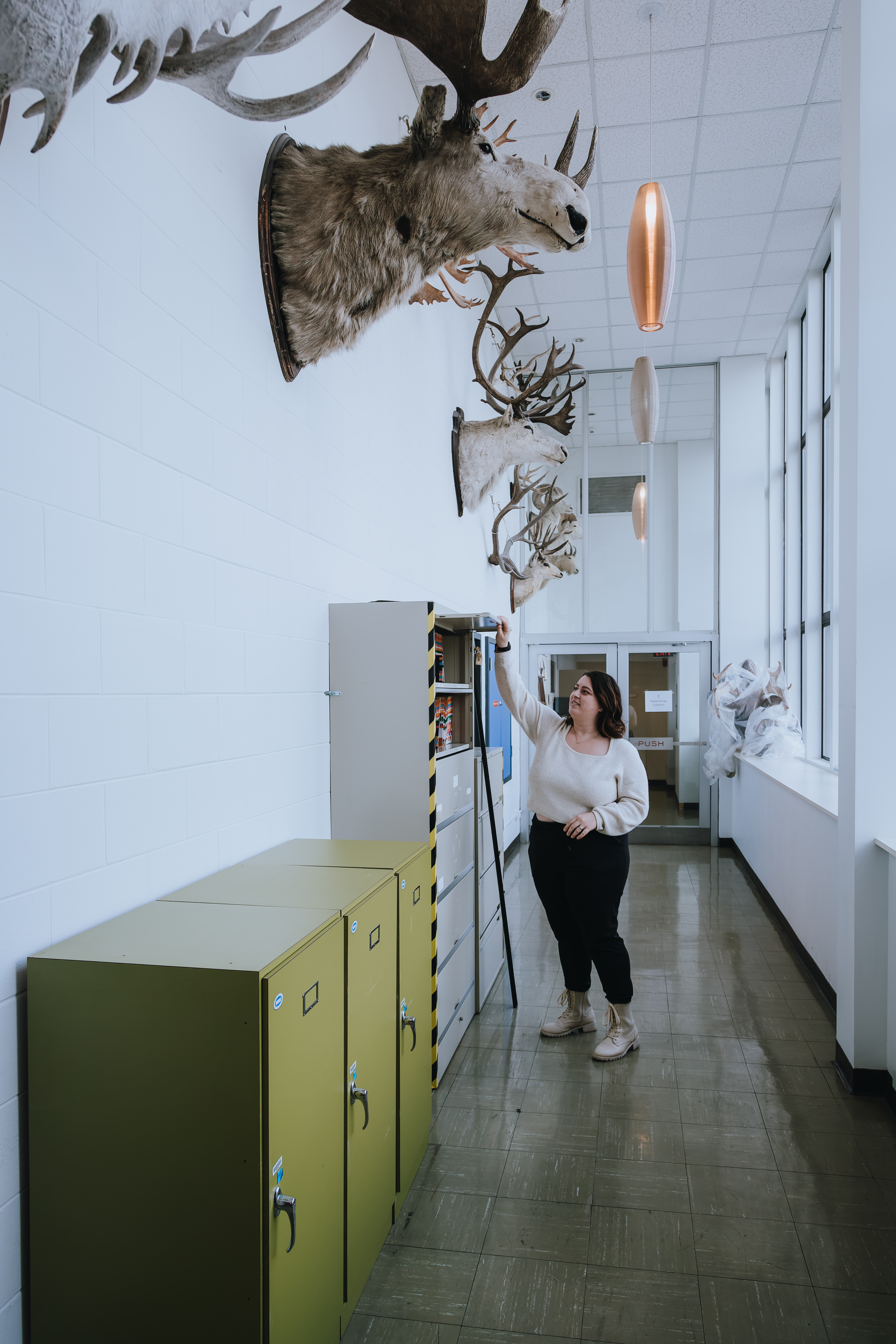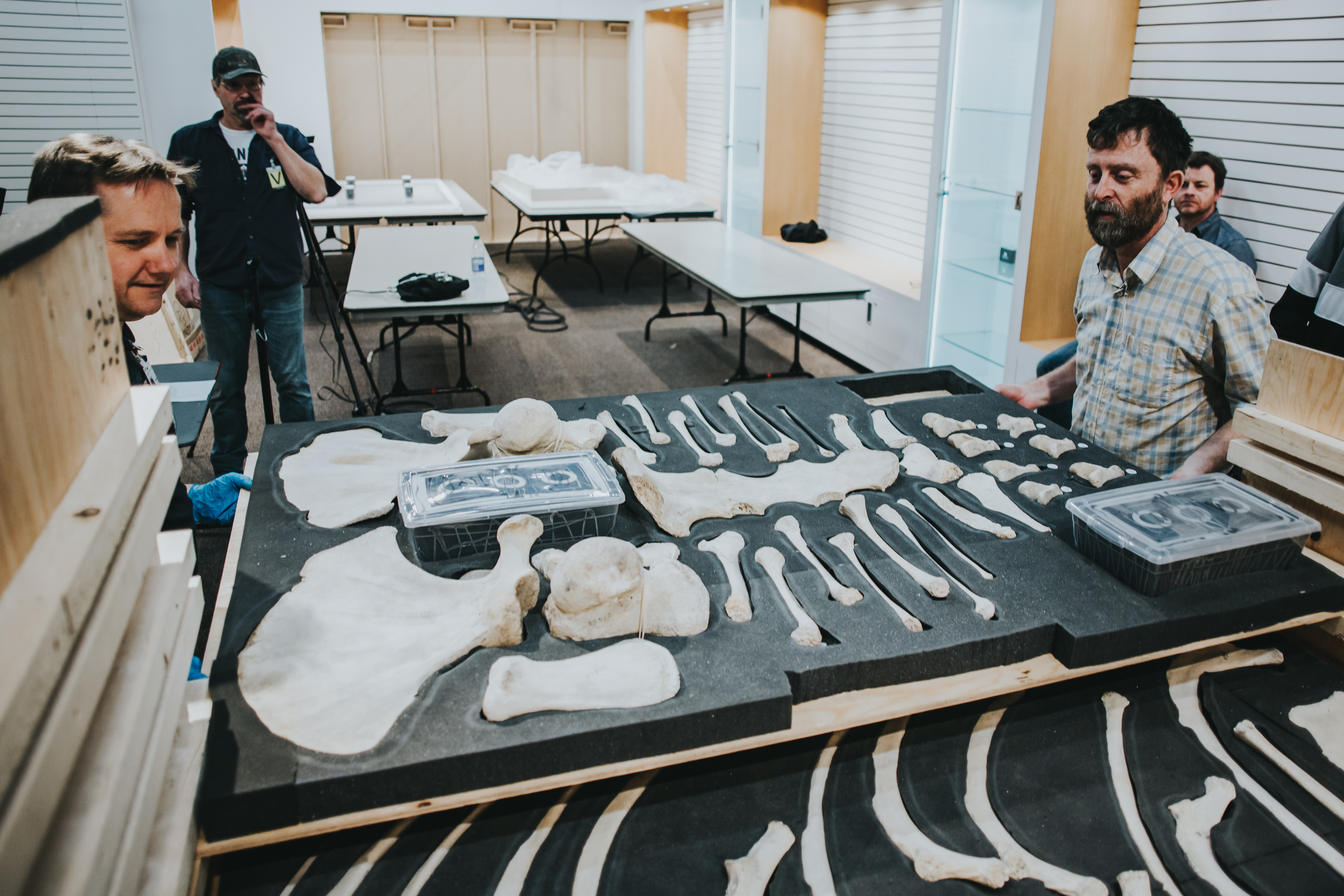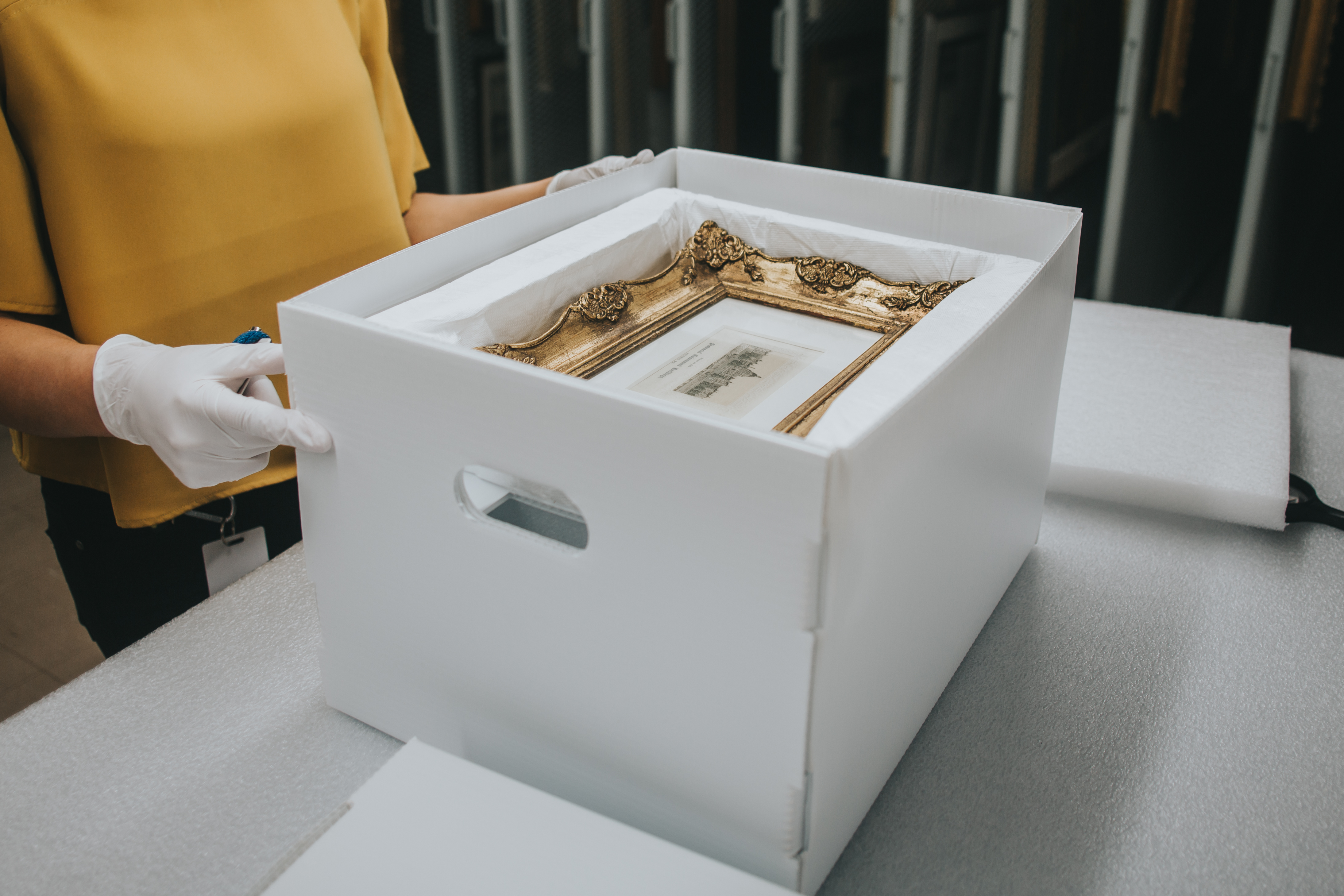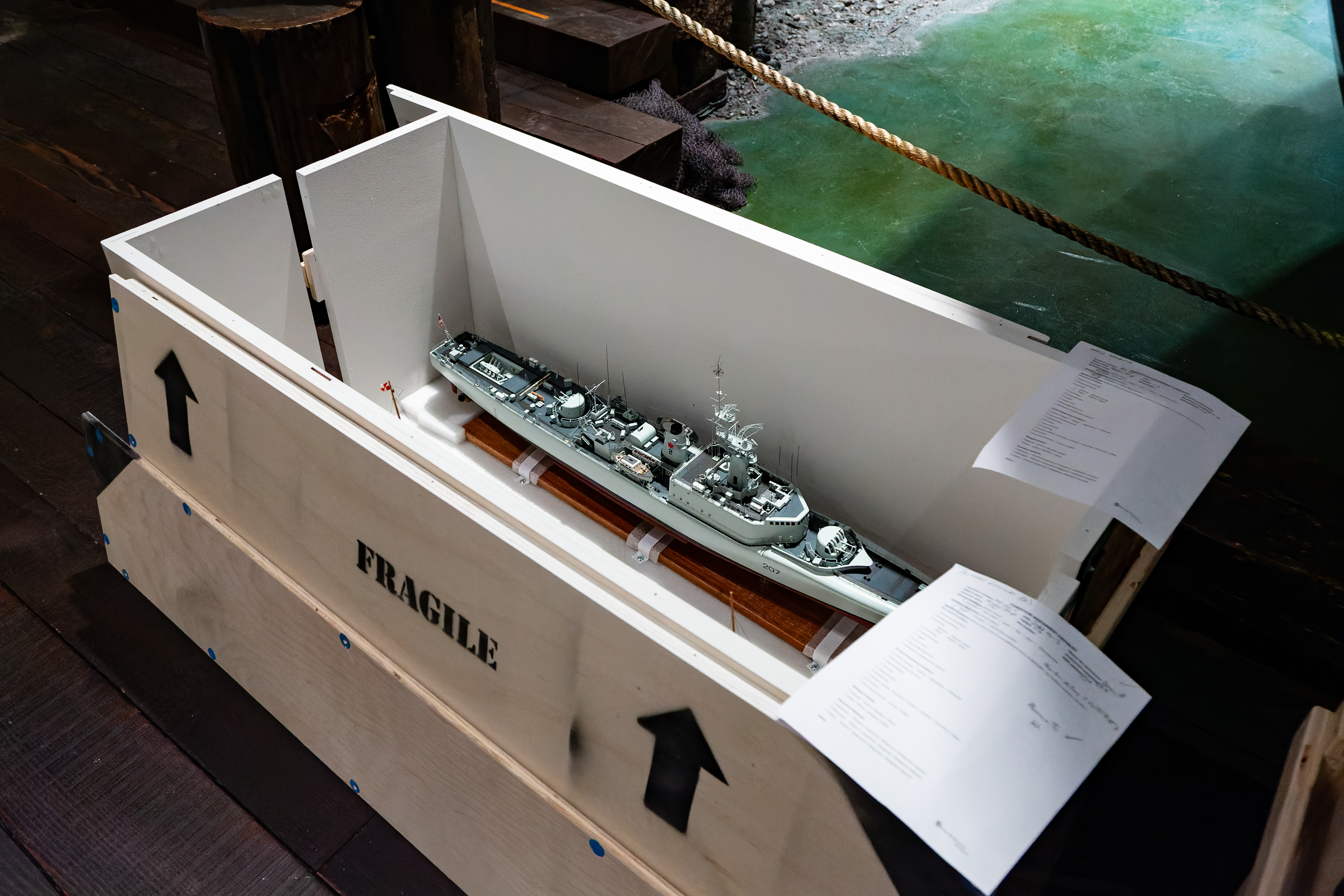
Modernization
Learn more about government’s intention to modernize the museum to protect our historic holdings and provide better access to our collections.

One person’s mess is another person’s opportunity for order, process, and colour-coding. So is the case with the Royal BC Museum’s acting senior registrar, Chelsea Dunaway, who was eager to sit down with A Day in the Life of… to life the veil of secrecy and answer the age-old question of what exactly is a registrar?

Since joining the Office of the Registrar in 2022, Chelsea has been on a mission to demystify the record keeping process for museum collections and help create a system that will set the museum up for years of success.
Chelsea Dunaway: Registration is the department that tracks and monitors all of the objects in and out of the museum as part of collections care management, whether it’s on loan or in the digital database. If something new comes in, like a coffee mug, we’ll do all the paperwork side of inputting it into our database and system, then we’ll send it out to the proponent who wanted to bring it in, and then they’d fill in why it’s significant and all that information. Another large part of what we do is policies and procedures for tracking things like deaccessions and divestments, or how things leave the collections, and making sure everything is standardized and centralized for everyone to find easily.
CD: I personally did the collections management course at UVic. It’s a specialization certificate. One of the professors was a registrar, so I knew what the role entailed at other institutions. It’s a weird niche job that there’s actually not a lot of people for. You have to have the administrative skills, organizational capacity and know how to properly categorize things according to the government’s record classification systems, but then you also have the object handling and understanding of collections and conservation. It’s really just practical knowledge and some course work. I think everyone has the potential to be a registrar.
CD: I wasn’t actually sure what I wanted to do with the museum in general after completing my course work, so this was me getting an opportunity to see all the different disciplines and how they function. Do I like Botany? Do I like Conservation? Do I like working closely with them? That’s how I thought it would pan out, but I really just like organizing things, making things streamlined and efficient, and getting rid of backlog. I got caught up in the processes. I particularly like that we’ve undergone a really significant shift, because back in 2008, there wasn’t a registrar’s office. We’re doing a lot of ground work for those processes that were thought of but never fleshed out, so there’s a lot of really good procedural work happening. I really just like making things easy for other people and knowing that whoever comes into the role next will have everything organized and ready for them. That’s the dream!

CD: Every day there’s a different thing. Today was an Exhibits meeting about the dinosaurs exhibition and in the afternoon, there was a meeting about an art loan for a gallery, and later it will be more dinosaurs because that’s the theme right now. Every day is something weird and different, and getting to learn about different permits you need for import and export. There’s a bit of law, a bit of writing, a bit of everything.

CD: The curators will usually try to find an appropriate alternative and make recommendations. For example, if the archives will not accept something but say somewhere like the Esquimalt Archives would be a more appropriate repository for this material. That’s where knowledge of the different institutions and their mandates is really helpful.
CD: We have to record and track anything that leaves the museum, anything from the collections that’s an object. The CRB and pack and move is going to be one of the largest projects.
I view centralizing loans as a form of pack and move in the paperwork realm. We can’t really pack and move things we don’t own—we either have to get permission or send it back. For packing to move and trying to get all of our stuff back that’s loaned out to other institutions, we have to be really strategic. Start with the oldest stuff from 1916, start getting that back from Russia, get all the spiders back, then pack and move it. It’s a long-term, ongoing process. This is pretty common though with staff turnover at a lot of heritage institutions.


CD: Oh, 100%. And what we’re doing now is writing the processes that future people can use when they come in and have it be uniform across the board.
CD: For me personally, increasing transparency in how we work and what we have and how people can find it is part in parcel with reconciliation. The more open and accessible we can be, the better. Even if it’s just by doing the paperwork, hopefully it makes things easier to see what we brought in, how we brought them in, and acknowledge that historically it wasn’t always done under the best policies, but that we can improve those going forward.
If the public understands what we’re bringing in, it’ll hopefully also demystify the museum a bit. A lot of the time, and I’ve heard this from my own family, people wonder “where are my taxpayer dollars going? What are you doing with it? Why does this represent me?” And now we have a digital record of these things that people can see and potentially have a discourse if some things don’t fit.